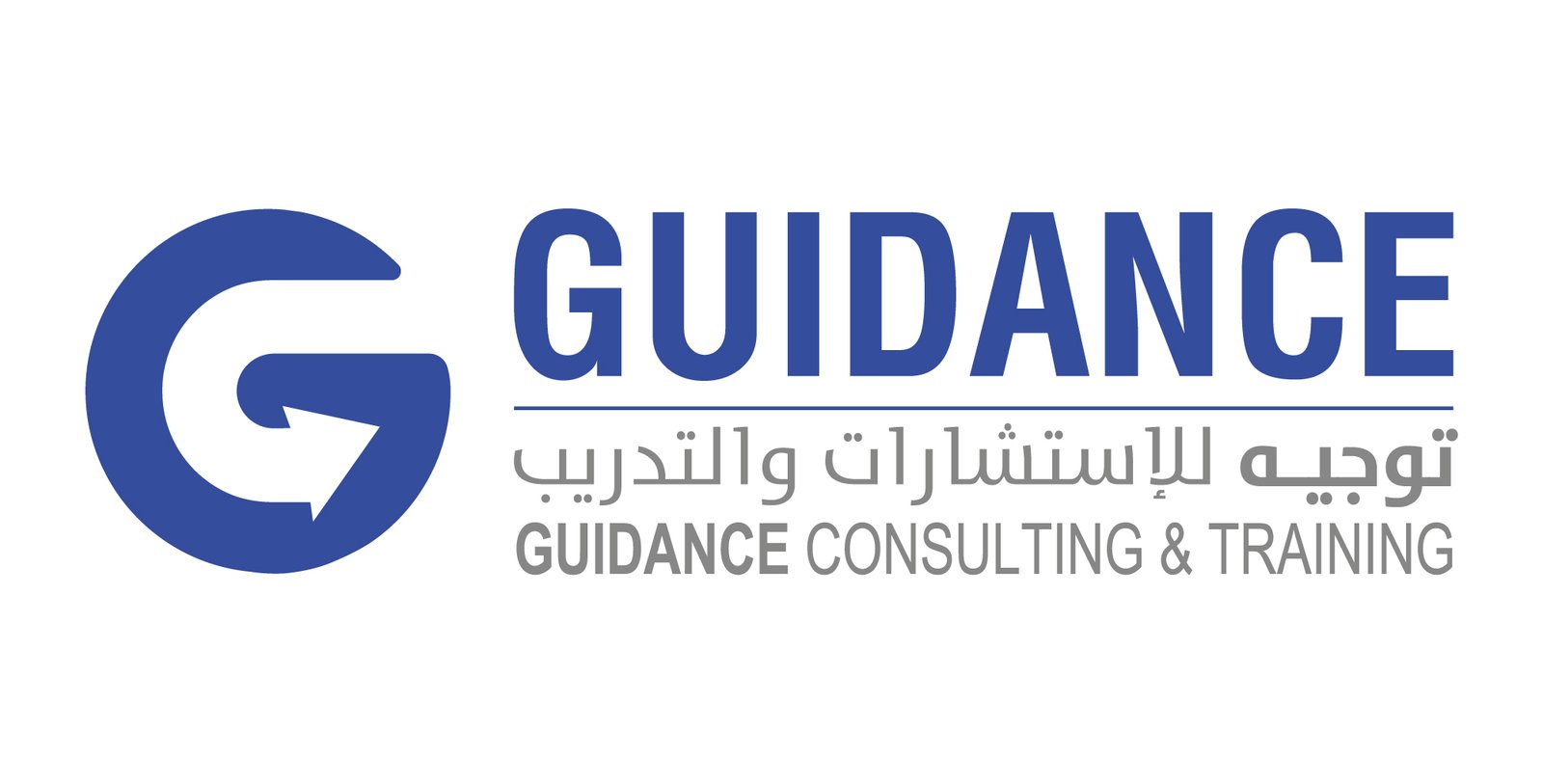Food Protection Plan According to the Executive Regulations of the Saudi Food and Drug Authority
We show you how to create a plan to protect food from the risks of contamination and intentional sabotage by conducting a vulnerability assessment to identify the most likely vulnerabilities to be exposed to the risk of contamination or sabotage by identifying and evaluating the points and steps in the food manufacturing, processing or handling processes; Through this assessment, control strategies and procedures are determined to reduce or prevent any major loophole associated with this point or step.
The regulations come into force from March 31, 2023. It requires companies to make a plan to protect food from deliberate hazards.
First: The initial steps of the food protection plan before conducting a vulnerability assessment
Here, the facility can rely on the initial steps that have already been taken for other purposes, such as the HACCP system, and they can be used to reduce effort and avoid repetition. These steps are:
- A team formed to prepare a food protection plan: must include at least one individual who has received the training required by the executive regulations for food protection in Saudi Arabia. The training body must be Saudi Food and Drug Authority accredited.
- Product Description: Equivalent to the product description that is done as part of the HACCP system.
- Drawing a process chart: Equivalent to the flow chart drawing that is done as part of the HACCP system.
- A brief description of the steps of the manufacturing process: A description of what happens in each process is given in the flow diagram, and this description helps in identifying the weak points for sabotage and threat in the step (for example, steps that involve manual handling of food or high labor movement).
Second: Vulnerability Assessment
There are many possible methods for conducting a vulnerability assessment, the most common of which is the so-called triple assessment, which considers 3 elements in each process or step by assigning a score to each. These elements are:
- The potential impact on public health if a contaminant is added: This is done by determining the number of cases of acute illness or potential deaths in the community. This factor is affected by the company’s production quantities the severity of the contaminant used and its ability to infect consumers.
- Accessibility of the product: Here, we think like an attacker to assess the ease of access to the product, which is easy, for example, in products that are manually handled and difficult in products inside closed production lines such as tanks and pipes.
- The ability to contaminate the product: For example, if the attacker can place the contaminant without being noticed by monitoring systems or other people if the manufacturing steps cannot remove the added risk, or if it is easy to stir and distribute the risk over the batch quantity.
Third: Evaluating the sum of the three elements
Here, the sum of the scores of the previous three elements is calculated. If the three elements are evaluated high, the point is vulnerable to threat or sabotage, which requires measures to reduce this risk.
Fourth: Developing control procedures
Control procedures depend on one of the following strategies:
- Reducing access that depends on individuals: allowing only authorized workers to enter specific areas through an entry card or a uniform, etc.
- Control procedures that depend on manufacturing processes: reducing the time allocated to preparing components by workers to focus monitoring efforts at this specific time.
- Control procedures that depend on technical tools or means: such as tightly locking storage tanks or alarm devices and detecting hazards in surrounding areas.
- Control procedures that depend on monitoring potential attackers from within the facility: such as using camera surveillance systems.
Fifth: Monitoring procedures:
Procedures are developed to monitor the food protection plan by specifying:
- What is being monitored?
- How will monitoring be done?
- How often will monitoring be done? (repetition)
- Who will be responsible for monitoring?
Sixth: Corrective actions
This is done by ensuring that appropriate corrective actions are taken or changing the procedure when necessary to reduce the possibility of repeating the error.
Seventh: Verification procedures
This is done through several procedures such as:
- Reviewing monitoring activities and their records
- Reviewing the validity of equipment and devices such as checking the validity of alarm devices
- Reviewing and re-evaluating the food protection plan
This way we have an effective plan to protect food from sabotage and deliberate threats
Finally, remember that the Saudi Food Protection Regulations require that each food facility have an individual who supervises and follows up on the activities included in the regulation and holds the following certificates and qualifications:
- Receiving the following training (Food Safety Principles – Food Protection Management – Risk Management) from one of the entities accredited by the Saudi Food and Drug Authority.
- Holding a degree in one of the following specializations (Food Sciences, Food Manufacturing, Manufacturing Technology, Production Engineering, Veterinary Medicine, Agricultural Sciences…etc.).
We at Guidance Consulting and Training Company provide training services accredited by the Saudi Food and Drug Authority and consulting services to establish and develop a food protection plan according to the requirements of the regulation with follow-up of implementation Step-by-step control procedures.


